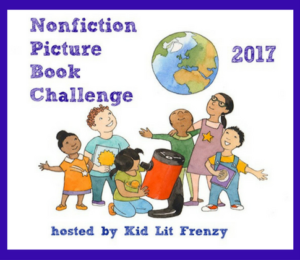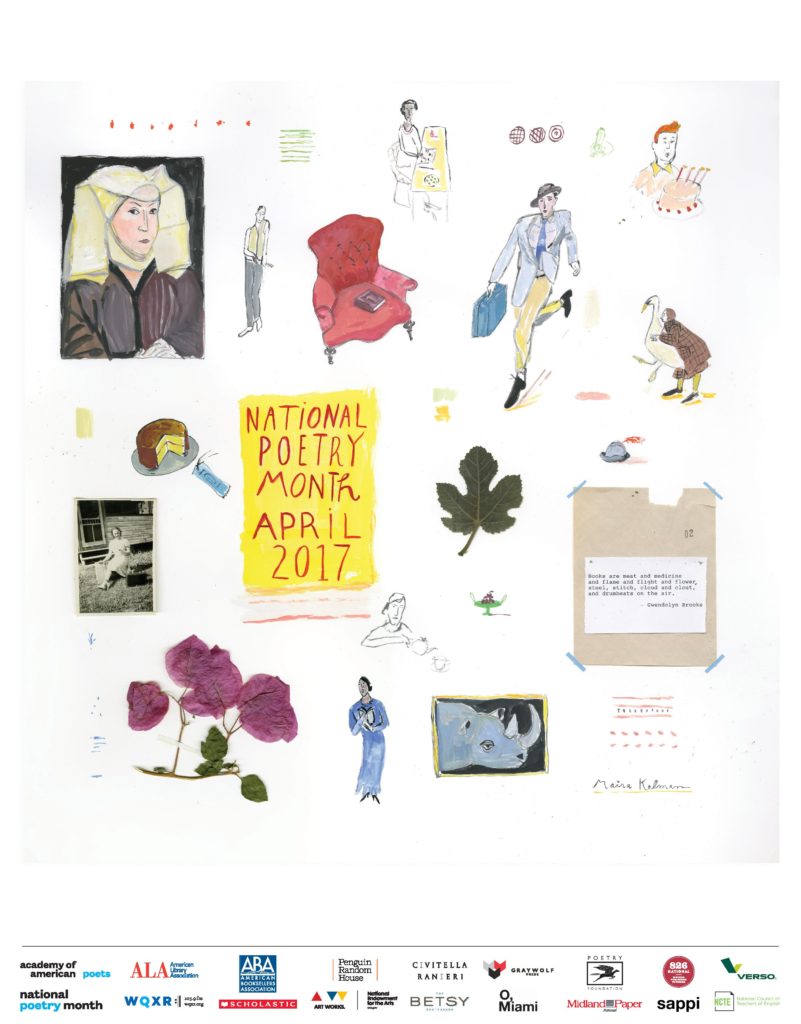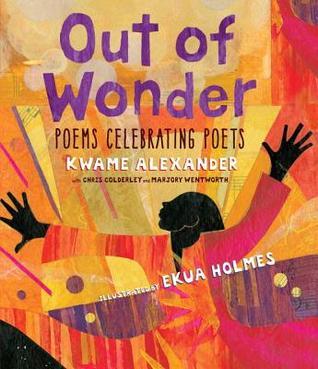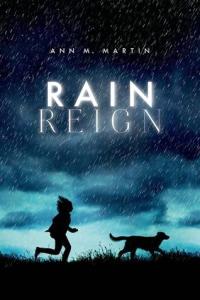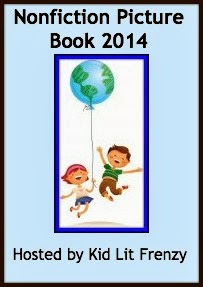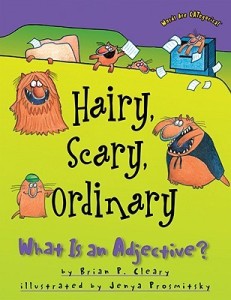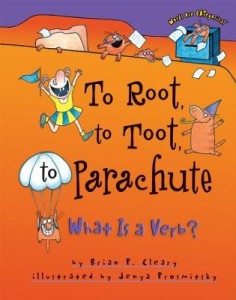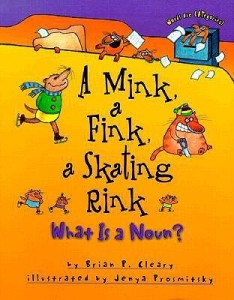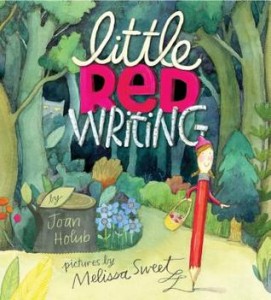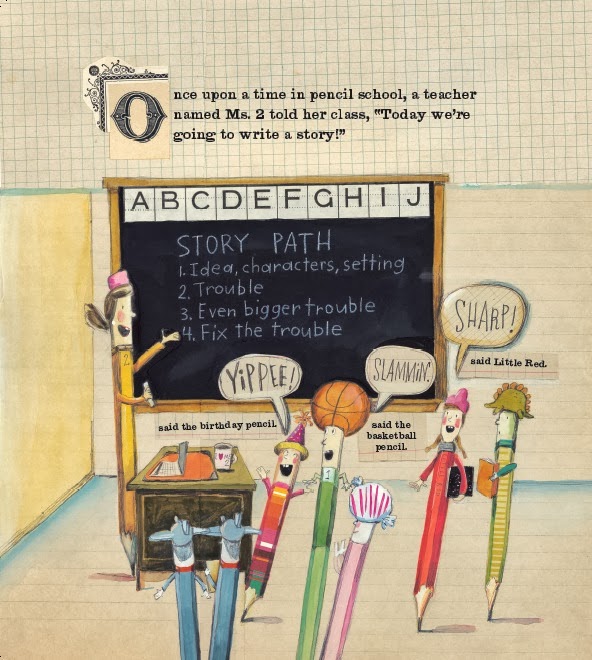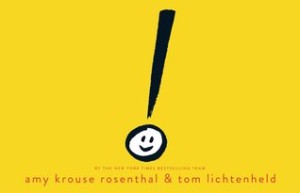Nonfiction Wednesday
Nonfiction Picture Book Wednesday is hosted by Kid Lit Frenzy and was started to help promote the reading of nonfiction texts. Most Wednesdays, we will be participating and will review a nonfiction text (though it may not always be a picture book).
Be sure to visit Kid Lit Frenzy and see what other nonfiction books are shared this week!
Out of Wonder: Poems Celebrating Poets
Authors: Kwame Alexander, Chris Colderley, and Marjory Wentworth
Illustrator: Ekua Holmes
Published March 14th, 2017 by Candlewick Press
Summary: Out of gratitude for the poet’s art form, Newbery Award–winning author and poet Kwame Alexander, along with Chris Colderley and Marjory Wentworth, present original poems that pay homage to twenty famed poets who have made the authors’ hearts sing and their minds wonder. Stunning mixed-media images by Ekua Holmes, winner of a Caldecott Honor and a John Steptoe New Talent Illustrator Award, complete the celebration and invite the reader to listen, wonder, and perhaps even pick up a pen.
A Newbery Medalist and a Caldecott Honoree offer a glorious, lyrical ode to poets who have sparked a sense of wonder.
Review: This anthology is beautiful. Alexander, Colderley, and Wentworth beautifully pay homage to each poet. Their tribute poems are impeccably written and not only do the poems follow the style of the poet but also teach us about the lives of the poet. And Holmes’s artwork pushes the book to another level. I also adored the diversity of the poets, as well as the types of poems, chosen.
And Out of Wonder can definitely be a perfect mentor text for a poetry unit, and I can definitely see it being paired with Love That Dog to expand what Creech started.
Teaching Guide with Prereading Activities, Discussion Questions, and Classroom Extensions (by teacher Mary Lee Hahn):
Flagged Passages:
Read This If You Love: Love That Dog and Hate That Cat by Sharon Creech; Poetry by any of the poets honored in the book: Naomi Shihab Nye, Robert Frost, e.e. cummings, Bashō, Nikki Giovanni, Langston Hughes, Walter Dean Myers, Emily Dickinson, Terrance Hayes, Billy Collins, Pablo Neruda, Judith Wright, Mary Oliver, Cwendolyn Brooks, Sandra Cisneros, William Carlos Williams, Okot p’Bitek, Chief Dan George, Rumi, or Maya Angelou
Recommended For:
